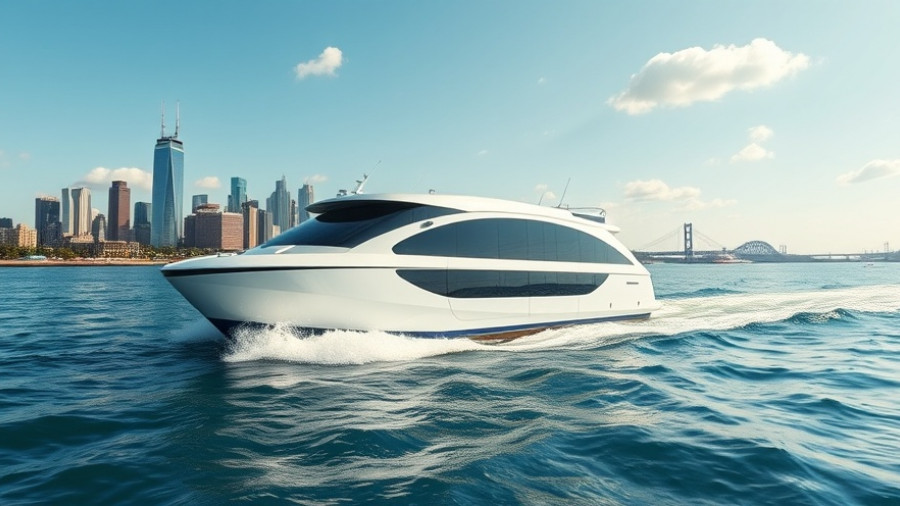
The Evolution of Rim-Drive Thruster Technology: A Decade of Innovation
Kongsberg Maritime proudly marks the remarkable tenth anniversary of its innovative rim drive azimuth thruster, a technology that has redefined marine propulsion. Initially launched in 2015, this groundbreaking solution has not only achieved nearly 100 orders but has also witnessed significant advancements since its inception. The journey began with extensive trials on the Olympic Octopus, leading to its first successful application on Norway's RV Gunnerus. This path paved the way for Kongsberg to offer versatile options in both tunnel (RD-TT) and azimuth (RD-AZ) configurations, suitable for a wide array of vessels including offshore support platforms and cruise ships.
Understanding the Rim-Drive Advantage: Efficiency and Environmental Consciousness
The engineering behind the rim drive azimuth thruster is nothing short of revolutionary. By utilizing a direct electric drive integrated into the propeller rim, this design eliminates the traditional vertical drive shaft and gearbox. As a result, the thrusters operate at a higher efficiency with reduced mechanical complexity. Moreover, underwater noise levels—a growing concern in marine ecology—are significantly curtailed, making these thrusters an excellent choice for environmentally conscious maritime operations. Per Håvard Siljan Hjukse, Kongsberg's Executive Vice President, emphasized the company’s commitment to innovative solutions that facilitate a cleaner, quieter maritime industry.
Advantages of Patented Designs: Enhanced Maneuverability and Performance
One of the standout features of the RD-AZ variant of the rim-drive thruster is its hydrodynamically optimized supporting struts. This design innovation allows water to flow seamlessly through the struts, minimizing drag and enhancing the overall maneuverability of the vessels. Kongsberg's technology manager, Gunnar Johnsen, noted that this unique strut configuration offers reduced resistance and improved operational performance, which is crucial for maintaining competitive advantages in the shipping industry.
Setting Industry Standards: Achieving the Silent-E Notation
In a significant milestone, the rim-drive thruster has achieved the prestigious Silent-E notation from DNV, marking it as the first of its kind to receive this certification. This acknowledgment not only cements Kongsberg's position as a leader in noise reduction technology for maritime operations but also showcases the commitment to sustainability and marine ecological protection. Kongsberg's initiatives align with broader industry movements toward quieter and environmentally friendly operations, significantly reducing the detrimental impacts of underwater noise on marine life.
Looking Ahead: Future Trends and Opportunities in Marine Propulsion
As Kongsberg Maritime celebrates this decade of innovation, the future looks promising for rim-drive technology. The ongoing demand for energy-efficient and sustainable solutions in maritime operations hints at further growth for Kongsberg's offerings. With the foundation of proven performance and reliability established over the last ten years, the rim-drive thruster is poised to meet the evolving needs of the global shipping industry. Whether in offshore support or leisure travel, this technology is likely to become an essential component in the fleets of tomorrow.
The story of Kongsberg’s rim drive azimuth thruster is not just one of technological advancement; it reflects a larger narrative of commitment to sustainability and responsiveness to changing industry demands. As providers and operators in maritime environments, the implications of these advancements highlight the importance of integrating innovative propulsion technologies that prioritize both efficiency and ecological responsibility.
 Add Row
Add Row  Add
Add 




Write A Comment